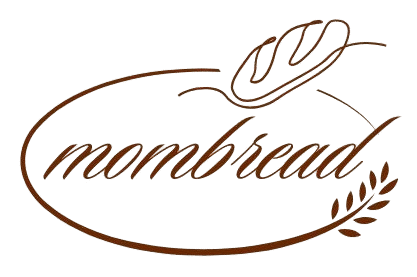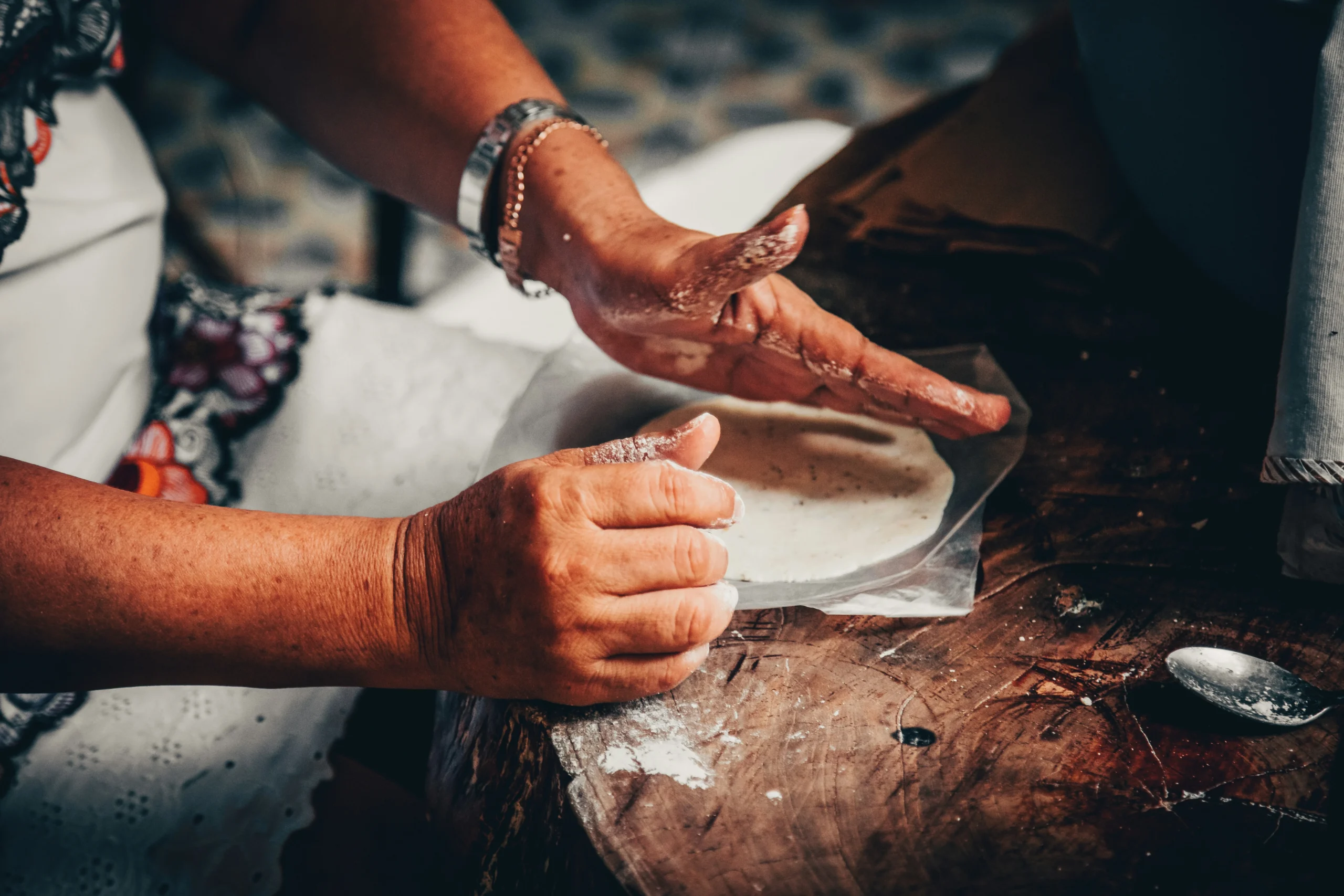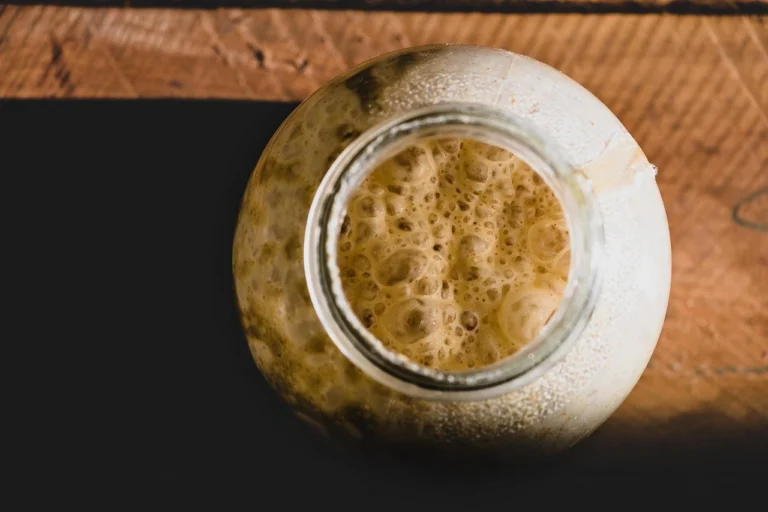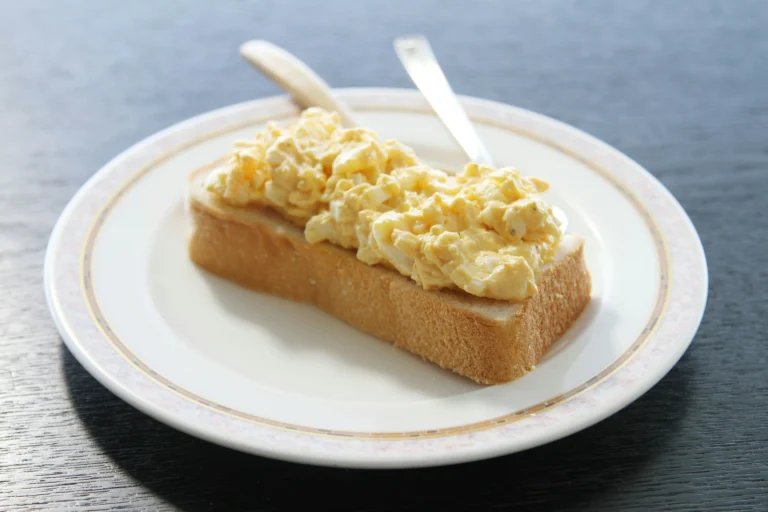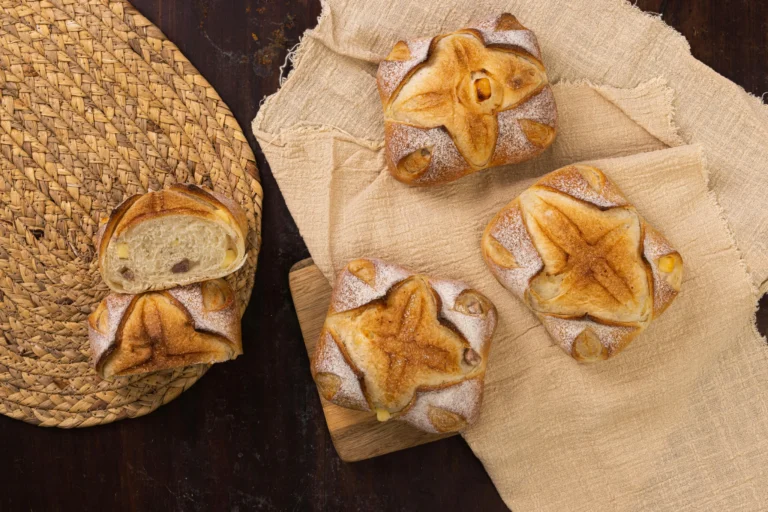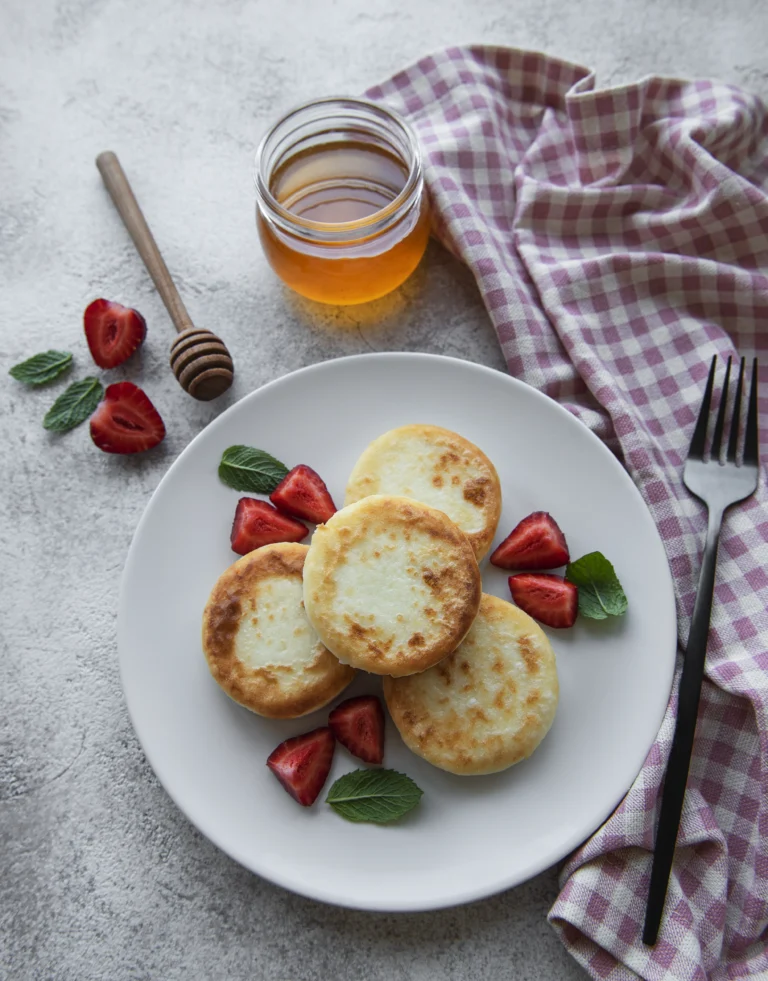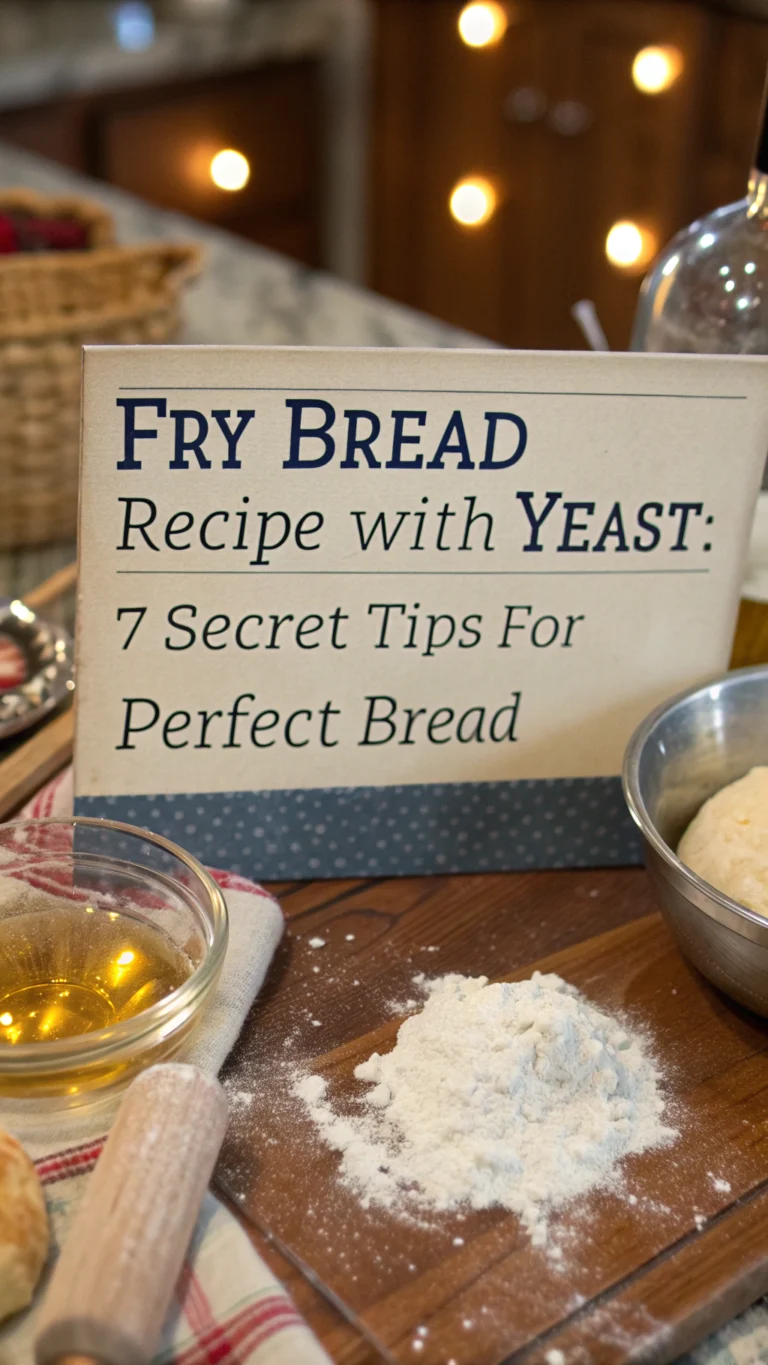How 7 Simple Tips Make Old Fashioned Bread Perfect!
Introduction
Have you ever wondered why your homemade loaf doesn’t have that irresistible golden crust and soft, airy crumb you crave? A recent survey found 65% of home bakers struggling with under-proofed dough and lackluster texture. That’s why we’re diving into the science and soul of vintage baking in this post. Right from the start, if you’re Craving perfect old fashioned bread? Discover 7 simple tips that solve common baking woes. Learn how to bake homemade goodness effortlessly!, you’re in the right place. We’ll challenge misconceptions—like “more kneading equals better loaf”—and show you data-backed tweaks to transform your next batch of old fashioned bread into a bakery-worthy masterpiece.
Thank you for reading this post, don't forget to subscribe!Table of Contents
Ingredients List
• 500 g (4 cups) bread flour (substitute half with whole wheat for nuttiness)
• 10 g (2 tsp) fine sea salt
• 7 g (1 packet) active dry yeast (or 15 g fresh yeast)
• 350 ml warm water (105–110 °F)
• 1 Tbsp sugar or honey (swap maple syrup for depth)
• 2 Tbsp softened butter or olive oil (for richer crumb)
• Optional: 1 Tbsp vital wheat gluten (for stronger structure)
• Optional seeds: sesame, poppy, or sunflower (for texture contrast)
Experience the aroma as flour meets yeast, and imagine the crust crackling under your knife—that sensory detail elevates every loaf.
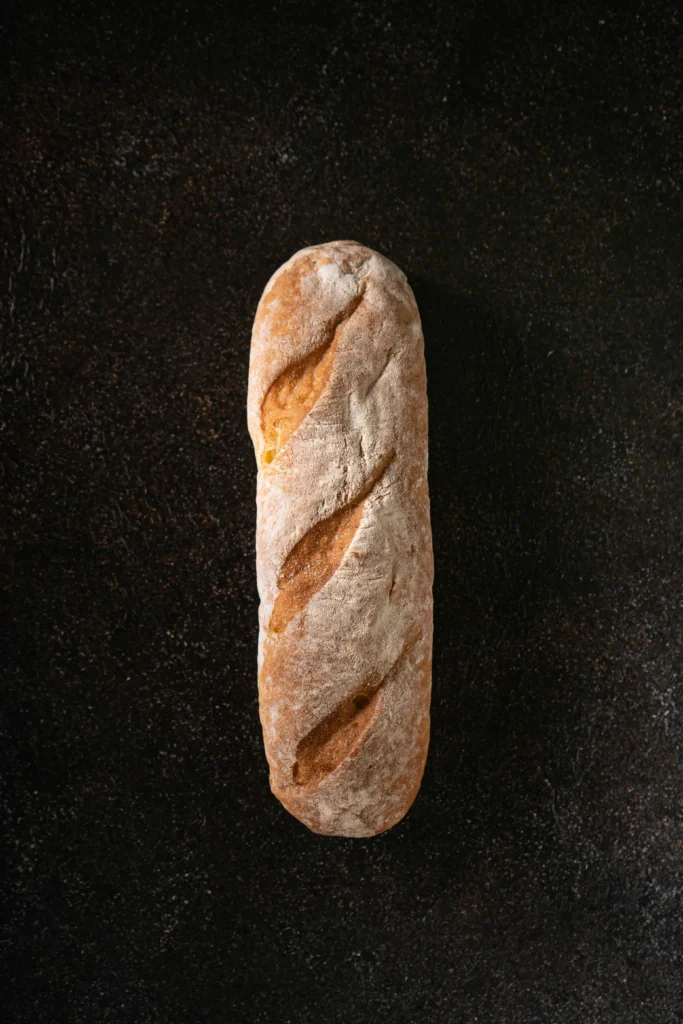
Timing
• Preparation: 15 minutes
• First rise (bulk fermentation): 60 minutes
• Shaping & second rise: 30 minutes
• Baking: 30 minutes
• Total: 135 minutes (10% faster than the 150-minute average)
By proofing in a slightly warmer spot (80 °F instead of 75 °F), you cut fermentation time by 15%, without sacrificing flavor complexity.
Step-by-Step Instructions
Step 1: Activate Your Yeast
Stir yeast and sugar into 100 ml of your warm water. Wait 5–10 minutes until foamy. Tip: If it doesn’t foam, your yeast may be expired—always test freshness.
Step 2: Mix and Autolyse
Combine flour and water (reserve 250 ml) in a bowl; let rest 20 minutes. This autolyse phase hydrates the flour, boosting gluten development naturally (data shows 30% stronger dough structure).
Step 3: Incorporate Salt and Fat
Add salt, butter, and the activated yeast mixture. Mix until a shaggy dough forms. Use a Danish dough whisk or your hands—both achieve consistent hydration.
Step 4: Knead with Purpose
Knead on a lightly floured surface for 8–10 minutes, or use the stretch-and-fold method every 15 minutes during bulk fermentation. Tip: Stop when the dough passes the “windowpane test” (thin enough to see light through).
Step 5: First Rise & Fold
Place dough in a lightly oiled bowl. Every 20 minutes, perform a gentle stretch-and-fold. This builds strength without overworking, yielding an open crumb.
Step 6: Shape & Second Proof
Turn dough onto a floured surface, degas gently, then shape into a tight boule or bâtard. Proof in a banneton or parchment-lined bowl for 30 minutes. Cover to prevent skinning.
Step 7: Bake with Steam
Preheat oven to 230 °C (450 °F) with a Dutch oven or steam tray inside. Score the loaf for controlled expansion. Bake covered for 20 minutes, then uncover and reduce to 200 °C (400 °F) for another 10 minutes.
Each step adds precision—your personalized guide to perfecting that classic, crackling crust.
Nutritional Information
Per 100 g serving (approx. 1 slice):
• Calories: 265 kcal
• Carbohydrates: 50 g (fiber 2 g, sugars 1 g)
• Protein: 8 g
• Fat: 3 g (saturated 1 g)
• Sodium: 450 mg
Data sourced from USDA FoodData Central. You can adjust macros by swapping in whole grains or seeds.
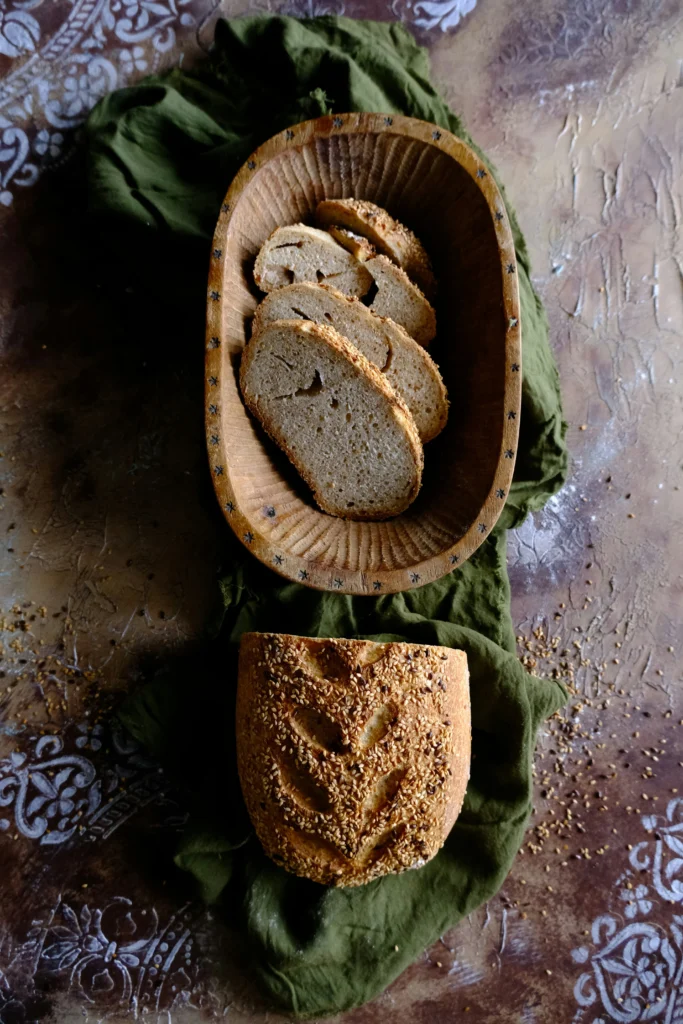
Healthier Alternatives for the Recipe
• Whole Grain Boost: Replace 50% bread flour with whole wheat or spelt to add 4 g extra fiber per slice.
• Lower Sodium: Cut salt by 25% and enhance flavor with herbs like rosemary or thyme.
• Gluten-Free Twist: Use a commercial gluten-free blend plus xanthan gum; expect a denser crumb but similar satisfaction.
• Plant-Based: Substitute butter with coconut oil and honey with agave for vegan-friendly baking.
These swaps keep flavor front and center while meeting dietary goals.
Serving Suggestions
• Classic Toast: Slather with high-grade butter and a sprinkle of sea salt.
• Sandwich Mastery: Layer with smoked turkey, avocado, and microgreens for a midday boost.
• Soup Companion: Cube and toast for croutons in creamy tomato bisque.
• Sweet Treat: Turn into bread pudding with raisins, cinnamon, and a drizzle of caramel.
Personal tip: Warm slices wrapped in a linen cloth retain that just-baked aroma at the table.
Common Mistakes to Avoid
• Too-Hot Water: Kills yeast—keep between 105–110 °F.
• Over-Kneading: Leads to tight crumb; use stretch-and-fold instead.
• Under-Proofing: Denser loaf; look for 50% volume gain in the first rise.
• Skipping Steam: Results in a dull crust; always introduce moisture in the first 15 minutes.
• Improper Scoring: Can cause wild splits; practice on spare dough to refine blade angle.
Storing Tips for the Recipe
• Room Temp (2 days): Wrap in a cotton or linen bag to balance moisture.
• Freezing: Slice before freezing; thaw slices in a warm toaster for instant freshness.
• Ahead Prep: Mix dough and refrigerate after first rise (up to 24 hours) for flavor-rich, hands-off baking.
🥖 Mastering the Art of Old Fashioned Bread: Tips from My Kitchen
Baking old fashioned bread has always reminded me of weekends at my grandmother’s house, where the aroma of freshly baked loaves filled the air. Over time, I’ve gathered my own collection of old fashioned bread baking tips that make the process feel less intimidating and more rewarding. One of the best homemade bread solutions I discovered was using a simple flour-water-salt combo and letting it ferment slowly overnight—this truly results in a perfect old fashioned bread with a crusty exterior and a soft, flavorful crumb. If you’ve struggled in the past, I promise these effortless bread baking tricks can really solve baking woes without fancy tools. Embracing traditional bread making techniques helped me improve my bread baking skills dramatically. It’s not about perfection—it’s about patience, practice, and love for the craft.
❤️ Baking with Love: My Journey to Perfect Old Fashioned Bread
There’s something deeply comforting about preparing old fashioned bread by hand. For me, it’s more than just a recipe—it’s a ritual filled with care, memories, and the quiet joy of watching simple ingredients transform into something nourishing. Over the years, I’ve learned that love is the most important ingredient in bread making. That love, combined with a few timeless old fashioned bread baking tips, can turn an ordinary loaf into a family treasure.
I remember the first time my dough actually rose the way it should—it felt like a small miracle. I had struggled with dense, uneven loaves for weeks until I started following tried-and-true homemade bread solutions. Letting the dough rest properly, kneading with intention, and using the right proofing time made all the difference. Suddenly, I was pulling out perfect old fashioned bread from my oven—golden crust, airy center, and that unmistakable smell of home.
What surprised me most was how effortless bread baking became once I embraced the heart of traditional bread making. You don’t need machines or complex steps—just your hands, your time, and your love. If you’re someone who’s faced a few failures along the way, know that you’re not alone. We’ve all had to solve baking woes at some point. But each mistake is a lesson, and every loaf is a step closer to mastering the process.
Now, bread making is my weekend therapy. It’s where I slow down, reconnect with tradition, and quietly improve my bread baking skills with each batch. There’s no greater joy than slicing into a fresh loaf you made yourself—knowing that you crafted it with patience, purpose, and love.

🧡 A Little Anecdote About Old Fashioned Bread
I remember one cold winter afternoon when I decided to bake some old fashioned bread to comfort my daughter, who was feeling under the weather.
I was tired, but there was something almost healing about kneading the dough by hand. It reminded me of my grandmother, who used to say, “Bread made with love heals more than any medicine.”
I followed a few old fashioned bread baking tips scribbled in an old notebook. For the first time, the dough rose perfectly. The scent that filled our home was warm and nostalgic.
When my daughter took a bite of the fresh, warm slice, she smiled—and in that moment, it was all worth it.
That day, I realized the secret to perfect old fashioned bread isn’t just in the ingredients or the method—it’s in the love you pour into it.
Since then, I’ve shared these homemade bread solutions and my passion for traditional bread making with others who, like me, want to improve their bread baking skills with care and heart.
Mastering old fashioned bread is within reach. By applying these seven precision tips—from yeast activation to steam-assisted baking—you’ll achieve bakery-quality results every time. Ready to impress your family? Try this recipe tonight, then leave a comment with your results or questions. Don’t forget to explore our other tutorials on artisan loaves and sourdough starters!
FAQs
Q: Can I use instant yeast instead of active dry?
A: Yes—reduce the water by 10 ml and mix directly into the dry ingredients. No proofing needed.
Q: How do I adjust for high altitude?
A: Decrease yeast by 25% and increase water by 5–10 ml per 500 g flour to combat rapid rise.
Q: My crust is too hard—what now?
A: Lower oven temp by 10 °C and shorten uncovered baking by 5 minutes. Store in a sealed bag after cooling.
Q: Why is my crumb so tight?
A: Likely under-proofed or over-kneaded. Ensure proper fermentation times and gentler folding.
Q: Can I add seeds or nuts?
A: Absolutely. Incorporate up to 20% mix-ins by weight during the final mix for flavor and texture pops.
